Nicaragua is a beautiful Central American country that attracts many visitors all year round. As a major tourism destination, the country is not only booming with surfers, birdwatchers, culture students, and volcano-boarders but it also gets top marks from those seeking gastro adventures through Nicaraguan food.
As is evident from the names given to their most famous dishes, the Nicaraguan culinary art goes back to the pre-Colombian times. Indigenous Nicaraguan, Garifuna, Spanish, and Creole cuisines have all had great influences on the modern Nicaraguan dishes, which, you will be surprised to discover is not only delicious and diverse but exceptionally inexpensive.
The country’s tropical climate and rich biodiversity alone are enough to make you want to visit Nicaragua When in this country, you cannot help noticing the great kindness and hospitality that Nicaraguans greatly cherish. To that, add the not-be-missed traditional food from Nicaragua.
Table of Contents
- Nicaraguan Food to Lookout for When in Nicaragua
- Gallo Pinto, the Ever-Present Rice & Beans Meal
- Quesillo, the Easily Available Cheesy Treats
- Nacatamales, the Nicaraguan Version of Tamales
- Sopa de Cola, the Traditional Oxtail Soup
- Voho, the Great Nicaraguan Hangover Cure
- Tajadas and Tostones, the Plantain Specials
- Cajeta de Coco, the Traditional Nicaraguan Dessert
- Caballo Bayo, the Nicaraguan Version of Mexican Fajitas
- Sopa de Mondongo, the Special Tripe Dish
- Indio Viejo – A Special Nicaraguan Stew
- Guirila, a Sweet and Thick Tortilla
- Vigaron, the Delicious Pork Cracklings
- Rondon, the Mixed Seafood Dish
- Fritanga, the Handy Quick Street Meal
- Nicaraguan Drinks and Beverages
Nicaraguan Food to Lookout for When in Nicaragua
Yes, Nicaraguan cuisine may not be internationally famous to the level of being classified as a UNESCO intangible cultural heritage such as the Mexican one. It is said that if there is one thing that has been able to unite all Nicaraguans, then it is the love for their culture and tradition. Nicaraguans are very proud of their country and what they have. One of those things is their local food.
Nicaraguans incorporate lots of locally grown fresh items into their dishes. Often, they cook lots of corn products, rice, beans, seafood, vegetables, and peppers. Their mixture of Spanish dishes and indigenous ingredients gives truly delicious meals. While some of these dishes are found across the country, some of the greatest foods are regional.
The Nicaraguan culture also shuns any kind of wastefulness and many visitors to the country often get surprised to find a cow’s udder, tail, udder, brain, stomach, or testicles in a dish. Sometimes, the hoofs, blood, and skin of a pig are also used. If these items make your stomach churn, we warn you to be on the lookout as Nicaraguan food and dishes commonly include them, even in restaurants.
You can find traditional food from Nicaragua at high-end city restaurants, cost-effective hole-in-the-wall eateries, street corner grills, and local markets.
Gallo Pinto, the Ever-Present Rice & Beans Meal
Sometimes only referred to as Pinto, this is also considered the national Nicaraguan food. Although there are many variations of Gallo Pinto, at its most basic this is a blend of fried rice and beans. This is combined with vegetables such as sweet peppers, onions, cilantro, and herbs. You can eat this Nicaraguan dish at breakfast, lunch, as well as dinner.
How is it prepared? First, the dried beans are soaked for several hours in water, sometimes overnight. They are then mixed with rice and fried together. Chicken broth and seasoning are added into the frying pan for added flavour.
Quesillo, the Easily Available Cheesy Treats
Traditional food from Nicaragua is more than gallo pinto, rice, and beans. Quesillos are cheesy treats that are sold from street carts across Nicaragua. What are they? These are tortilla wrapped around homemade white cheese smothered with finely chopped pickled onion (curtido) and a generous dollop of cream (crema).
How is it prepared? Making this Nicaraguan food is easy. A piece of cheese (quesillo) is put inside a tortilla which is then wrapped up. Vinegar and onions are added, and then finally some fresh cream to top it plus some salt.
Nacatamales, the Nicaraguan Version of Tamales
What are they? This is a hugely popular corn and butter dough (masa) stuffed with meat, potatoes, rice, and onions. The meat can be beef, pork, or chicken. The dough is then packed in green plantain leaves and left to boil for a long time.
The taste? If the ingredients and method of preparation make you curious about its taste, just wait till you take a bite. The flavorful spices and aroma will mesmerize you. Nacatamales are so delicious that they can be at any time of the day, in fact, any time you feel like it.
Nactamal is widely available across the country and you will find it a common street breakfast food in Nicaragua. And guess what? This savoury traditional food from Nicaraguagets a thumbs-up when it comes to health benefits. That said, however, because the process of making nacatamales is rather arduous, Nicaraguans usually serve them during special dinners, holidays, and celebrations.
Sopa de Cola, the Traditional Oxtail Soup
A traditional soup, Sopa de Cola is prepared with oxtail. The soup is typically made in a large metal pot placed over an open fire. You will love the thickness of the soup as the oxtail pieces are cooked slow and long in water. To this is added a great variety of spices, herbs, vegetables, and seasonings. These are not added all at once but at staggered intervals during the cooking process.
Typical ingredients you are likely to taste in this soup include carrots, onions, scallions, tomatoes, chayote squashes, bell peppers, pipián squashes, ears of corn, chilote (baby corn), ripe plantains, quequisque (a starchy root), cilantro, plus lemon juice.
The slow-cooking process used in preparing this traditional food from Nicaragua results in a broth that is flavorful filled with vegetables and tender small pieces of bone-in meat. You will enjoy Sopa de cola best when served piping hot, accompanied by chilli peppers or rice.
Voho, the Great Nicaraguan Hangover Cure
This is another great soup from Nicaragua. This one is, however, more elaborate. Voho takes dried beef and a variety of vegetables. Other ingredients you get to enjoy in this amazing soup are cassava, tomatoes, plantain, and onions. And you know what? All these are topped with the raw tomatoes and chopped cabbage.
Sometimes peppers are added in order to enhance the texture and flavour of Voho. Traditionally, this dish is prepared on weekends and eaten on Sunday afternoon, typically accompanied by curtido, cabbage relish. This food is also very popular for lunch as its hearty, and very tasty.
Voho or baho is not only among the most popular Nicaraguan foods but famed as a great hangover cure. So, after a night of revelling and the head is feeling heavy, get Voho. It’s prepared by a unique mix of beef, yuca, and plantains all warped in banana leaves, then the concoction is steamed. The word vaho, actually means mist or steam or mist, in reference to the preparation method.
Tajadas and Tostones, the Plantain Specials
Plantains are a common food in Central America. Among the plantain dishes to try in Nicaragua are Tajadas. These are sweet ripe plantain slices cut either vertically or horizontally and fried. This simple Nicaraguan food can be served either with as a snack with little white cheese or can be a main meal’s side dish.
Another variant of this meal is the Tostones. Though very similar to tajadas, these are usually prepared with unripe green plantains. These can be pounded or sliced before being deep-fried. If you are looking for something more savoury in taste than the sweet Tajadas, then we recommend Tostones.
Cajeta de Coco, the Traditional Nicaraguan Dessert
This dessert forms an important part of the traditional foods from Nicaragua. If you are travelling with kids, they will love it just like you do. Cajeta de Coco is prepared with coconut and yuca that has been thickened and sweetened with dulce. This is then formed into balls, cooked and covered with sweet wafer crumbs or grated coconut. This is one dessert you cannot afford to miss when in Nicaragua.
Caballo Bayo, the Nicaraguan Version of Mexican Fajitas
You might have heard or even tasted the famed Mexican fajitas. Well, Caballo bayo is the Nicaraguan version of this popular dish. Fillings and toppings are varied and include fried/shredded chicken or beef, mashed beans, guacamole, creole chorizo, pico de gallo, moronga (pork blood sausage), sour cream, chicharrón, and green & red sauces.
If you happen to visit the home of a Nicaraguan, you are likely to be served with this delicacy. Usually, it’s eaten on Sundays but cooking takes a long time, so preparation typically starts on Saturdays. It is wrapped in plantain leaves and left to steam over water in a pot.
Sopa de Mondongo, the Special Tripe Dish
This Nicaraguan food is a speciality of Masatepe, Masaya department. Sopa de mondongo is made with tripe, mondongo washed in bicarbonate, lemon, and orange and then chopped. It’s then cooked with onion, garlic, and sweet peppers. When cooked soft, rice, chopped vegetables and chayote are added. You will be served Sopa de mondongo with avocado and cheese.
Indio Viejo – A Special Nicaraguan Stew
What is Indio Viejo? This is a thick meat broth, typically prepared with beef, chicken, or pork and cooked with cornflour. To these onions, garlic, tomatoes, sour orange marinade, and sweet peppers are added. What does Indio Viejo taste like? This staple Nicaraguan meal is both flavorful and fulfilling. We loved the tang of tomatoes, the spicy texture due to the peppers, and the orange marinade
Guirila, a Sweet and Thick Tortilla
The origin of this traditional food from Nicaragua can be traced to the Matagalpa region in the northern part of the country. If you love tortilla, this is a version of it but made with young corn. It’s a thick and sweet dough cooked in banana leaves. You will love the taste when you are served Guirila together with crumbly local white cheese.
Vigaron, the Delicious Pork Cracklings
Want a simple, yet delicious meal when in Nicaragua? We recommend you try vigarón. This is a simple but downright delicious dish. Pork cracklings are tenderly cooked with cassava, then topped with tomatoes and chopped cabbage. Vigaron is served with boiled yucca (tuber-like potatoes), topped with cabbage and chicharrón, a crunchy fried pork skin.
The enchanting aspect is that at times, your dish served on a banana leaf. Either way, Vigoron offers you an awesome mix of starch, crunch, and vegetable flavours. If in Granada in western Nicaragua, make sure you look out for this speciality.
Rondon, the Mixed Seafood Dish
With a Pacific coast and Caribbean coast, seafood forms an important part of the traditional food from Nicaragua. We discovered many excellent seafood dishes. We recommend Rondon a stew made with an assortment of different fish. It’s cooked together with veggies and peppers cooked in a spicy stock that is prepared with coconut milk to give a rich creamy sauce.
Fritanga, the Handy Quick Street Meal
Love a quick meal on the move? Ever been so busy enjoying the sites and suddenly felt hungry because you forgot to take lunch or dinner? Perhaps you are a night hawk prowling the city streets. Fritanga is Nicaragua’s most common street food, especially for night time. In fact, if you want to eat a local fast meal in any Nicaraguan town, simply ask anybody, “Where can I get Fritanga”, and you are sure of being guided to their favourite eating spot.
Fritanga is basically a mixture of tasty fried pieces of pork, beef, chicken, plantains, and cheese, all nicely topped with tomatoes and chopped cabbage. We not only found it great tasting but fills up the belly quite well.
Nicaraguan Drinks and Beverages
What is a meal without a drink? The most popular non-alcoholic drink in Nicaragua is coffee. At breakfast, they drink it with hot milk and for the rest of the day, it’s taken black with sugar. Pinolillo, the Nicaraguan national drink, is also non-alcoholic. It’s made from cornflour mixed with water.
If you like something stronger, go for Chichi, popular wine of the Indians. This is made from fermented corn. While beer is the typical light alcoholic beverage for most Nicaraguans, rum is their choice when it comes to hard liquor. So no matter your personal preference, you are well-covered.
Want to cap your Nicaraguan food experience with a truly unique drink? Try Arroz-con-Pina. What is it? Milk, sugar, rice, and pineapple are boiled together. Then they blended to form a grainy, creamy beverage. What about the taste? Awesome simply because rice and pineapple form an unforgettable combination. If it suits the mood, alcohol can be thrown into the mix!


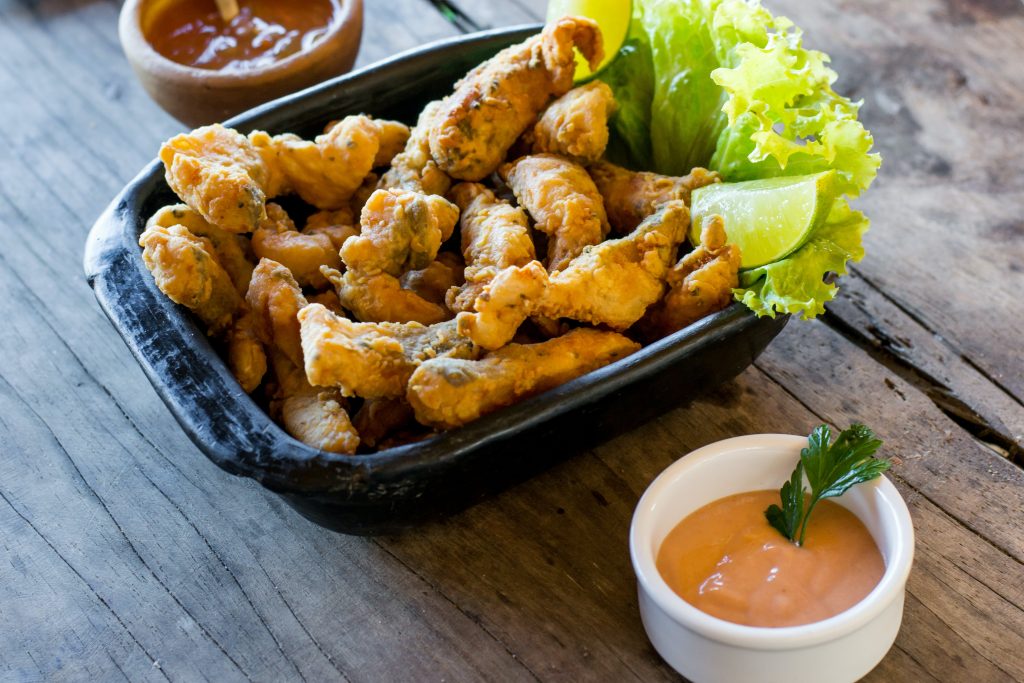
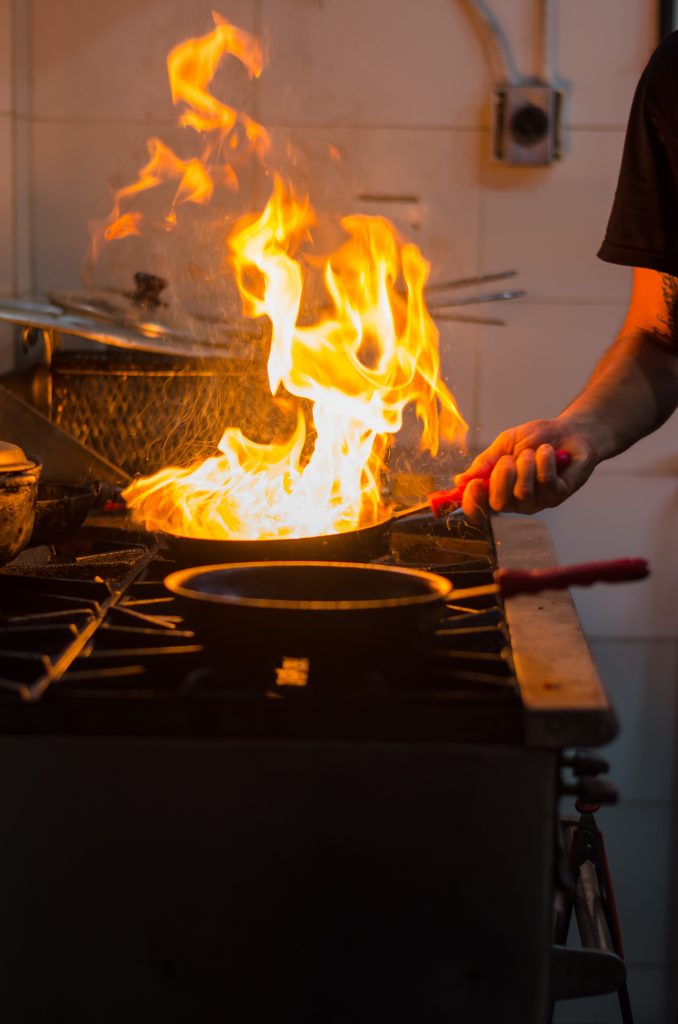
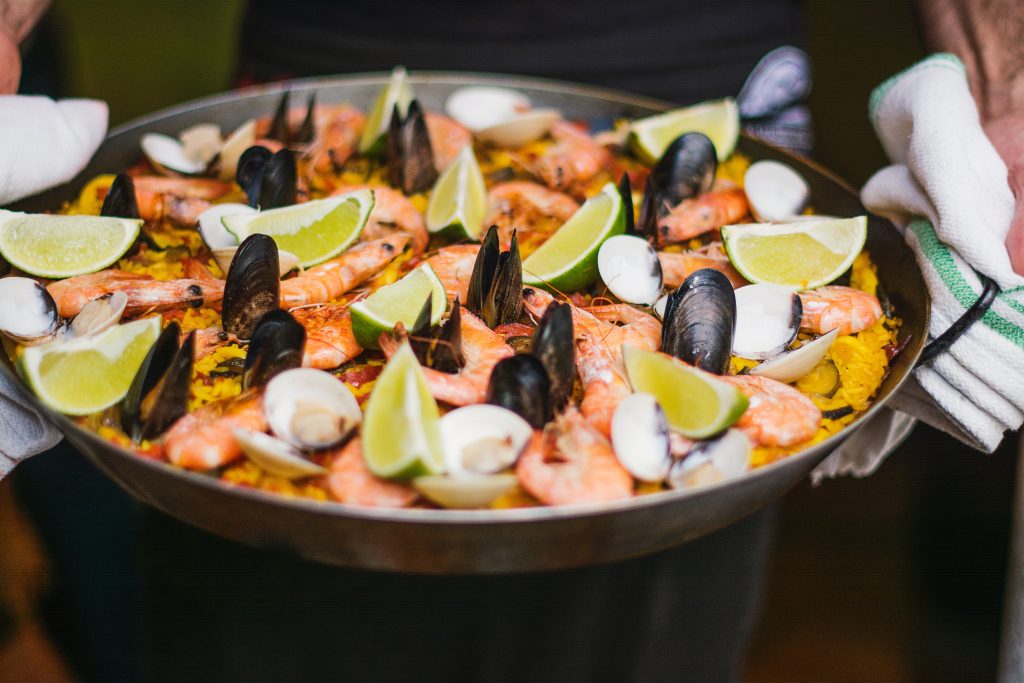
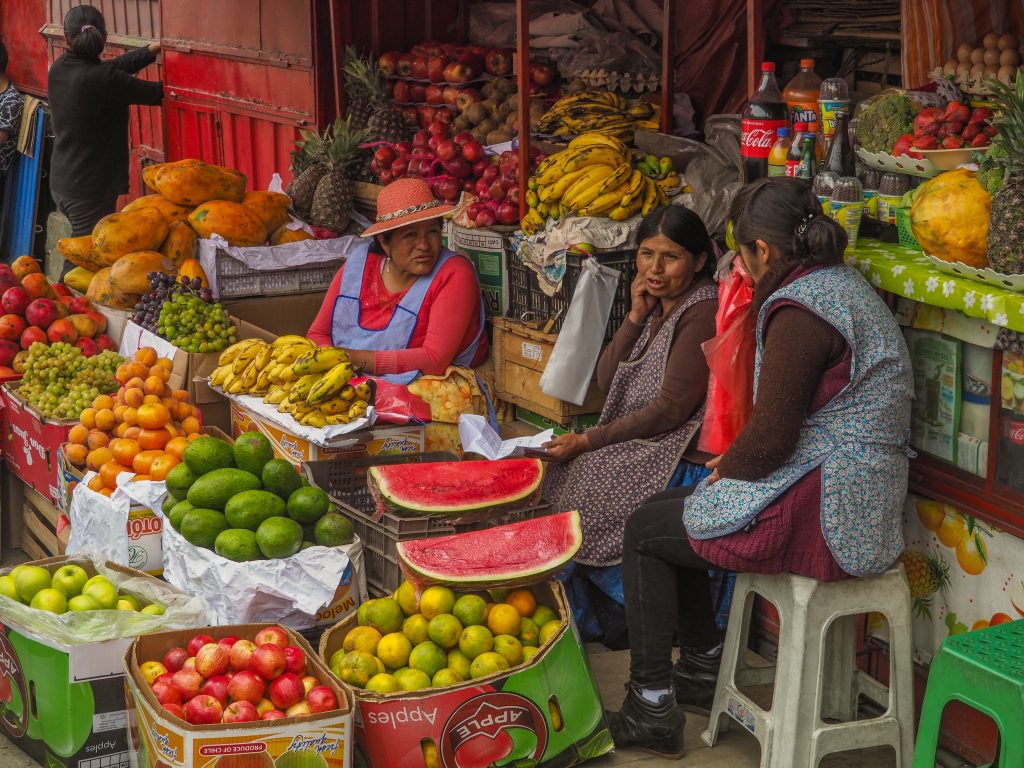
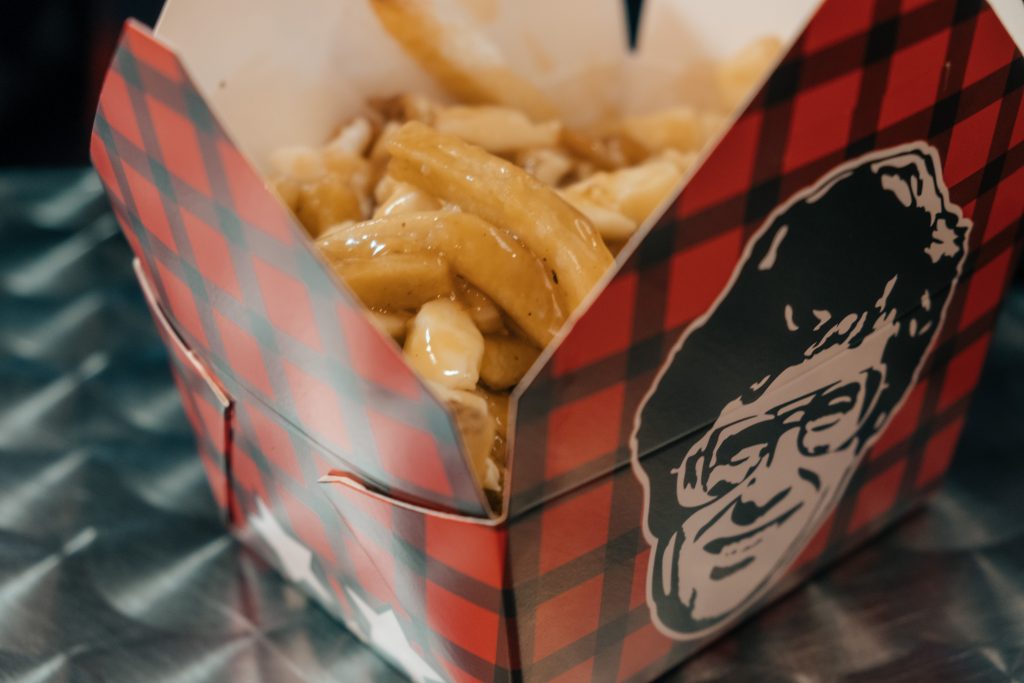


Leave a Reply